Rising Demand for Electric Vehicles
The automotive headliner market experiences a notable boost due to the increasing demand for electric vehicles (EVs) in the US. As manufacturers pivot towards EV production, the need for lightweight and efficient materials becomes paramount. Headliners play a crucial role in enhancing the overall energy efficiency of vehicles by contributing to weight reduction. In 2025, the EV market is projected to account for approximately 25% of total vehicle sales in the US, which directly influences the automotive headliner market. This shift necessitates innovative materials and designs that align with the unique requirements of electric vehicles, thereby driving growth in the automotive headliner market.
Growth of the Automotive Aftermarket
The growth of the automotive aftermarket presents a significant opportunity for the automotive headliner market. As vehicle owners increasingly seek to upgrade or replace interior components, the demand for high-quality headliners is likely to rise. The aftermarket segment is projected to grow at a CAGR of around 5% through 2025, driven by factors such as vehicle aging and consumer interest in interior aesthetics. This trend encourages manufacturers to develop a diverse range of headliner products tailored for aftermarket applications, thereby expanding their market reach and enhancing overall sales in the automotive headliner market.
Consumer Preferences for Customization
Consumer preferences for customization are increasingly shaping the automotive headliner market. As buyers seek personalized vehicle interiors, manufacturers are responding by offering a wider array of headliner designs, materials, and finishes. This trend is particularly pronounced among luxury vehicle segments, where customization options can significantly enhance the perceived value of the vehicle. In 2025, it is anticipated that the demand for customized headliners could grow by approximately 15%, reflecting a broader trend towards personalization in the automotive industry. Consequently, this driver is likely to foster innovation and diversification within the automotive headliner market.
Regulatory Standards for Vehicle Safety
Regulatory standards for vehicle safety are becoming more stringent, influencing the automotive headliner market. Compliance with safety regulations necessitates the use of materials that meet specific fire resistance and impact absorption criteria. As safety becomes a paramount concern for manufacturers, the automotive headliner market must adapt by incorporating materials that not only comply with regulations but also enhance passenger safety. In 2025, it is expected that the market will see a shift towards headliners that utilize advanced materials designed to meet these evolving safety standards, thereby driving growth and innovation in the sector.
Technological Advancements in Manufacturing
Technological advancements in manufacturing processes significantly impact the automotive headliner market. Innovations such as automation, 3D printing, and advanced composite materials are revolutionizing production efficiency and product quality. These technologies enable manufacturers to create headliners that are not only lighter but also more durable and aesthetically pleasing. In 2025, it is estimated that the adoption of advanced manufacturing technologies could enhance production efficiency by up to 30%, thereby reducing costs and improving profit margins. As a result, the automotive headliner market is likely to benefit from these advancements, leading to increased competitiveness and product offerings.


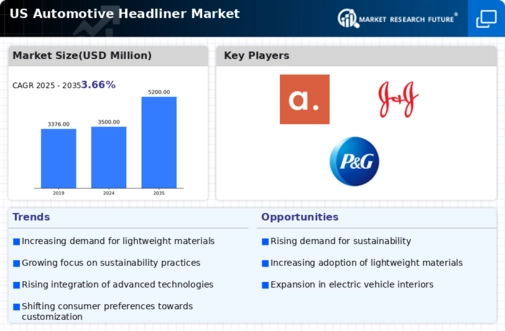
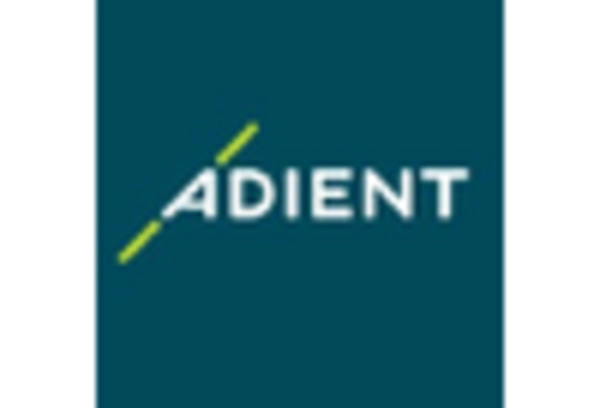
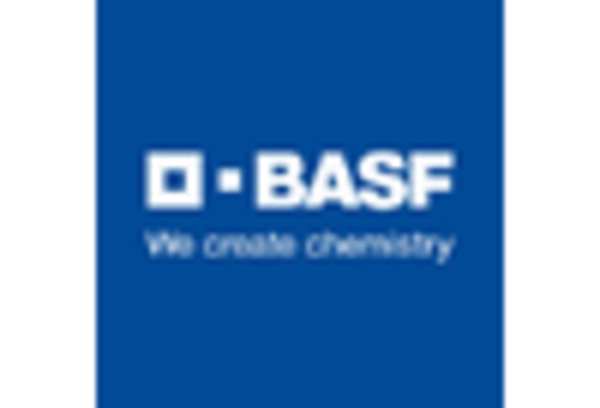
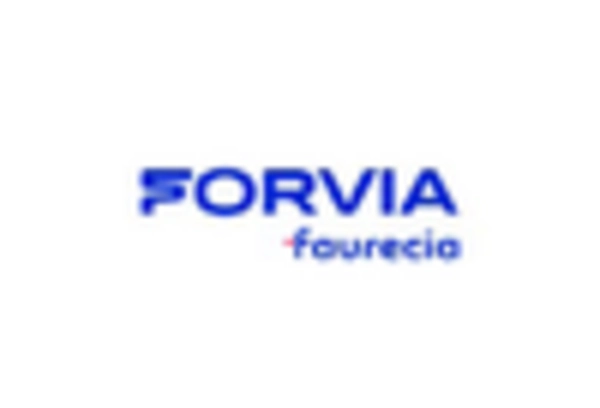
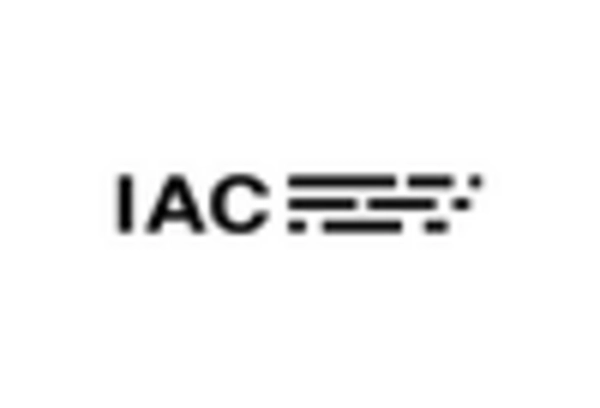
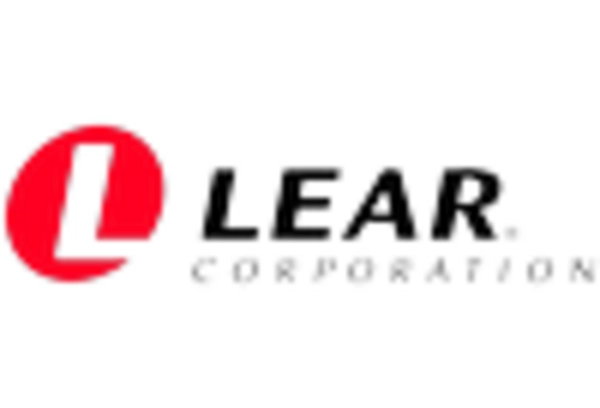
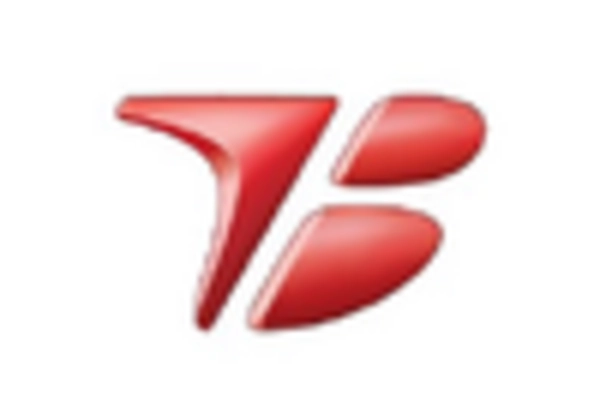








Leave a Comment